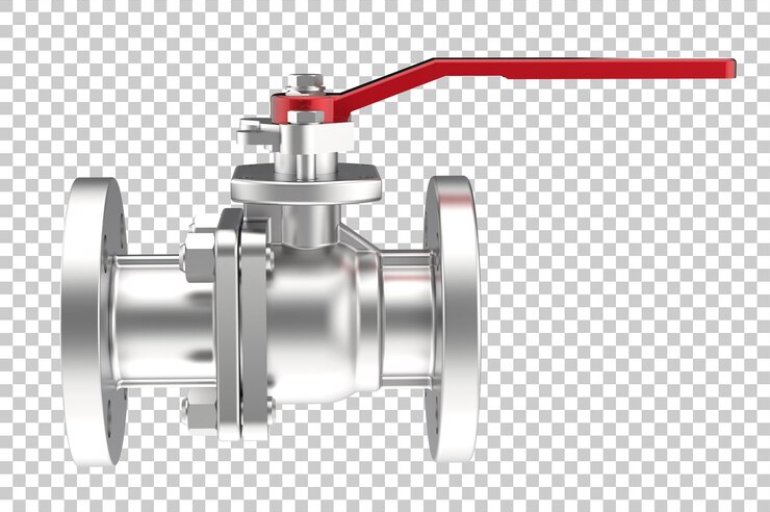The Evolution of Gate Valves: A Historical Perspective

Introduction
In the intricate world of industrial machinery and fluid control, gate valves stand as unsung heroes, silently performing the crucial task of
regulating the flow of liquids and gases. Over the years, these valves have
undergone a remarkable evolution, adapting to the changing needs of various
industries. In this blog post, we will embark on a historical journey
through the evolution of gate valves, exploring their origins, key
developments, and the pivotal role they play in modern engineering.
Origins of Gate Valves
The concept of gate valves can be traced back to ancient civilizations,
where rudimentary devices were used to control the flow of water for
irrigation and other purposes. However, the true evolution of gate valves as
we know them today began during the Industrial Revolution in the 18th
century. With the rise of steam power and the need for more sophisticated
control over fluids in machinery, engineers sought innovative solutions to
manage the flow effectively.
Early Designs: The 19th Century
The early 19th century witnessed the birth of gate valves in their
recognizable form. Pioneering engineers and inventors such as Joseph Bramah
and Charles Babbage played crucial roles in refining the design and
functionality of these valves. The basic principle of a sliding gate or
wedge mechanism between two seating surfaces became the foundation for
future developments.
The 19th-century gate valves were primarily made of brass or iron,
reflecting the materials available during that era. These valves were
manually operated, requiring considerable effort to open and close. Despite
their limitations, they marked a significant leap forward in fluid control
technology.
The Rise of Industrialization: Late 19th to Early 20th Century
As industrialization gained momentum, the demand for more robust and
efficient gate valves increased. Engineers began experimenting with
different materials and designs to improve durability and performance. The
late 19th to early 20th century saw the advent of gate valves made from cast
iron and steel, offering enhanced strength and longevity.
Moreover, innovations in the manufacturing process allowed for the mass
production of gate valves, making them more accessible to a broader range of
industries. The introduction of handwheels and gears for manual operation
further eased the handling of these valves, enabling precise control over
fluid flow.
Technological Advancements: Mid to Late 20th Century
The mid-20th century brought about significant technological advancements in
the field of fluid control. The introduction of electric and pneumatic
actuators revolutionized the way gate valves were operated, eliminating the
need for manual intervention in many industrial processes. This automated
approach not only increased efficiency but also enhanced safety by reducing
the risk of human error.
Materials science also played a pivotal role in this era, with the
development of corrosion-resistant alloys and polymers. These materials not
only extended the lifespan of gate valves but also made them suitable for a
broader range of applications, including those involving corrosive or
abrasive fluids.
Modern Innovations: 21st Century
In the 21st century, gate valves continue to evolve, driven by advancements
in digital technology and the Internet of Things (IoT). Smart valves
equipped with sensors and actuators connected to digital control systems
have become increasingly prevalent. These intelligent valves enable
real-time monitoring, remote operation, and predictive maintenance,
contributing to overall system efficiency and reliability.
Furthermore, 3D printing technology has transformed the manufacturing
process, allowing for more intricate and customized designs. This has opened
up new possibilities for optimizing the performance of gate valves in
specific applications, such as those requiring precise control or minimal
leakage.
Challenges and Future Prospects
While gate valves have come a long way in terms of design, materials, and
functionality, challenges still persist. One of the ongoing challenges is
the optimization of energy efficiency in valve operation. Engineers and
researchers are exploring innovative solutions to minimize energy
consumption and reduce the environmental impact of fluid control systems.
Additionally, the integration of gate valves into smart and interconnected
industrial ecosystems poses cybersecurity challenges. As these valves become
more digitally connected, there is a growing need to prioritize
cybersecurity measures to safeguard critical infrastructure from potential
cyber threats.
Conclusion
In conclusion, the evolution of gate valves stands as a testament to the
relentless pursuit of efficiency, reliability, and innovation in the field
of fluid control. From their humble beginnings as manually operated devices
in the 19th century to the smart valves of the 21st century, gate valves
have played a crucial role in shaping the landscape of industrial
engineering. As we look to the future, the ongoing quest for improvement and
adaptation to emerging technologies will undoubtedly continue to drive the
evolution of gate valves, ensuring their relevance in an ever-changing
industrial landscape.
For those seeking high-quality gate valves that embody the latest
advancements in technology and materials, look no further than Oswal
Industries Limited. With a commitment to excellence and a legacy of
providing cutting-edge solutions for fluid control, Oswal Industries Limited
offers a range of gate valves designed to meet the diverse needs of modern
industries. Explore the comprehensive catalog of gate valves from Oswal
Industries Limited and experience the perfect blend of tradition and
innovation in fluid control technology.
